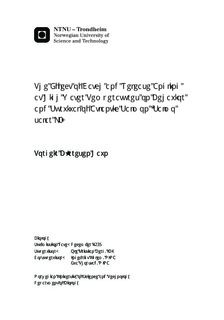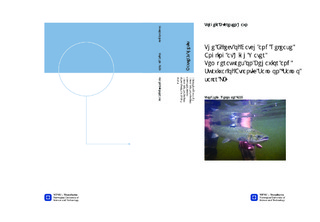| dc.description.abstract | Many wild Atlantic salmon (Salmo salar L.) populations have declined during the last decades. A multitude of restrictions on riverine fisheries have been initiated to preserve spawning populations, including increased use of catch-and-release (C&R) angling. As a result, more than half of all Atlantic salmon caught in the north Atlantic region during the recent years have been released. Previous studies have shown that the majority of the caught and released Atlantic salmon angled at temperatures below 15 °C survived and participated in spawning, while the mortality seemed to increase at higher water temperatures. However, the survival of caught and released salmon at water temperatures above 15 °C has so far not been well examined under natural conditions. In this study, I investigated behavior and survival following C&R for wild Atlantic salmon (n = 52) angled on regular sport fishing gear in the River Otra in southern Norway at water temperatures ranging between 16.3-19.7 °C (mean 17.3 °C). The fish were tagged externally with radio transmitters without being anaesthetized and immediately released back into the river to simulate a realistic C&R situation. The results showed that a large proportion survived C&R (92%, n = 48) and that all salmon present in the River Otra during the spawning period 3-4 months later were located at known spawning grounds. Downstream movements during the first four days after release were recorded for 74% of the fish, and this was regarded as unusual behavior caused by C&R. Unusual behavior in the form of downstream movements during the first four days after release were recorded for 74% of the fish, and were assumed to have been caused by C&R. The salmon spent on average 24 days before commencing their first upstream movement after release and 41 days before they returned to or were located above their release site. The results suggest that C&R at these water temperatures may be a viable management tool as most fish survived and were present on the spawning grounds. However, it is not known if the physiological strain inflicted by C&R and the altered behavior affected reproductive success for caught and released fish compared to non-angled fish. | nb_NO |

